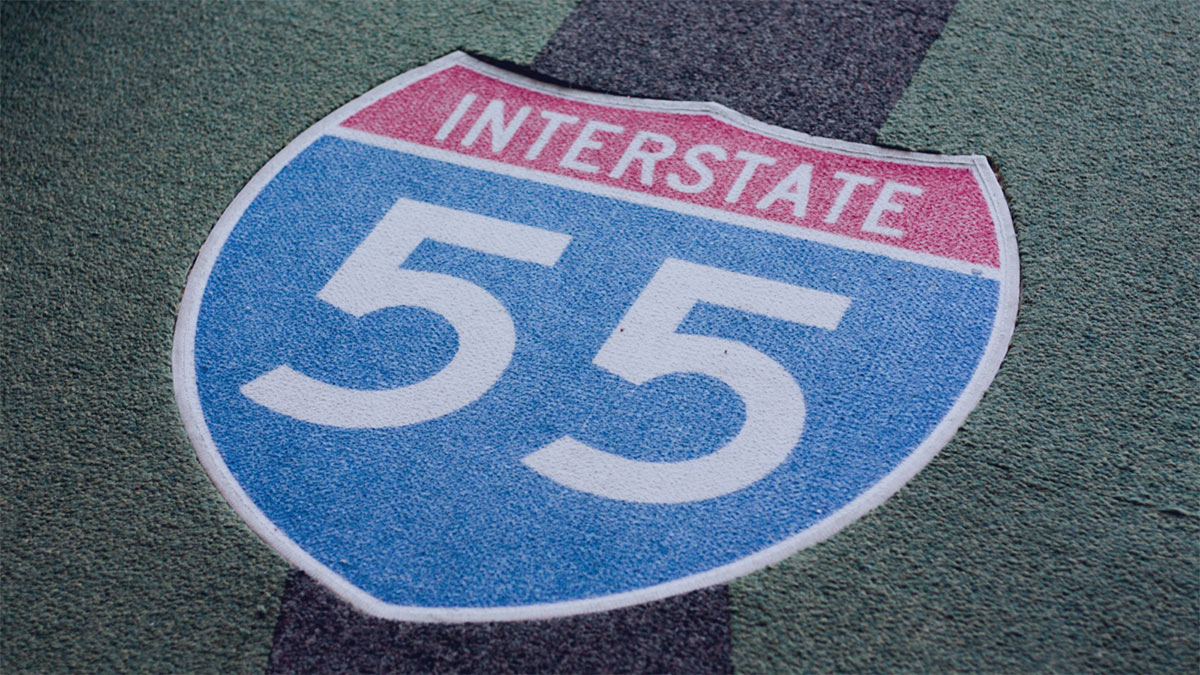A map of the Interstate highway system made a brief splash on social media earlier this year. A lot of people who shared the map said they had no idea highway numbers followed a format. They assumed the government assigned highway numbers randomly.
Congress launched the Interstate Highway System back in 1956 and marked its official completion in the early 1990s, though work is always ongoing. In case you didn’t know, here’s how the highway numbering system works:
Odd-numbered Interstates
Highways with odd numbers run north and south. For example, I-95 travels 1,924 miles from Miami to Maine, and I-35 stretches from Texas and Minnesota.
Even-numbered Interstates
Travelers follow even-numbered routes east and west. For example, I-40 connects North Carolina to California, stretching 2,556 miles, while I-80 takes drivers leaving New York City and delivers them to San Francisco.
North-south Route Numbers
Those odd-numbered north-south highways have smaller numbers in the West and larger numbers in the East. I-5 runs up the West coast while I-95 travels the East coast. I-55 connects Chicago and New Orleans.
East-west Route Numbers
These numbers are smaller in the South and larger in the North. I-10 skirts the Gulf Coast, crosses Texas and the Southwest, and then travels through L.A. I-90 stretches from Boston to Seattle.
Why Do These Numbers Matter?
This summary shows the basic logic of the highway numbering system. There’s more to know, like the way spurs and beltways require three-digit numbers, the way exit numbers work, and the way an older federal road system, dating from 1916, is numbered. (Those existing numbers affected mid-century decisions about the Interstate Highway System’s numbers.)
We won’t get into all that today. Instead, as the summer traveling season continues to surge, we’ll say a few words about the reason the Interstate Highway System has added nearly 50,000 miles of freeways over the past seven decades.
Highway numbers — just like highway signs, medians, overpasses, pavement stripes, and the pavement itself — are materials. When properly assembled and organized, these materials achieve their purpose: Connecting people as safely as possible.
Quality roads connect people with each other. They connect people with goods, and they connect people with services such as health care and education. They do essential work for our economy and our society.
It’s not a coincidence that our core values at InfraStripe include people, safety, performance, and growth, values that mirror the way roads and road building should work. We’re proud to be shaping the values of public road building projects from coast to coast — or should we say, from I-5 to I-95.
